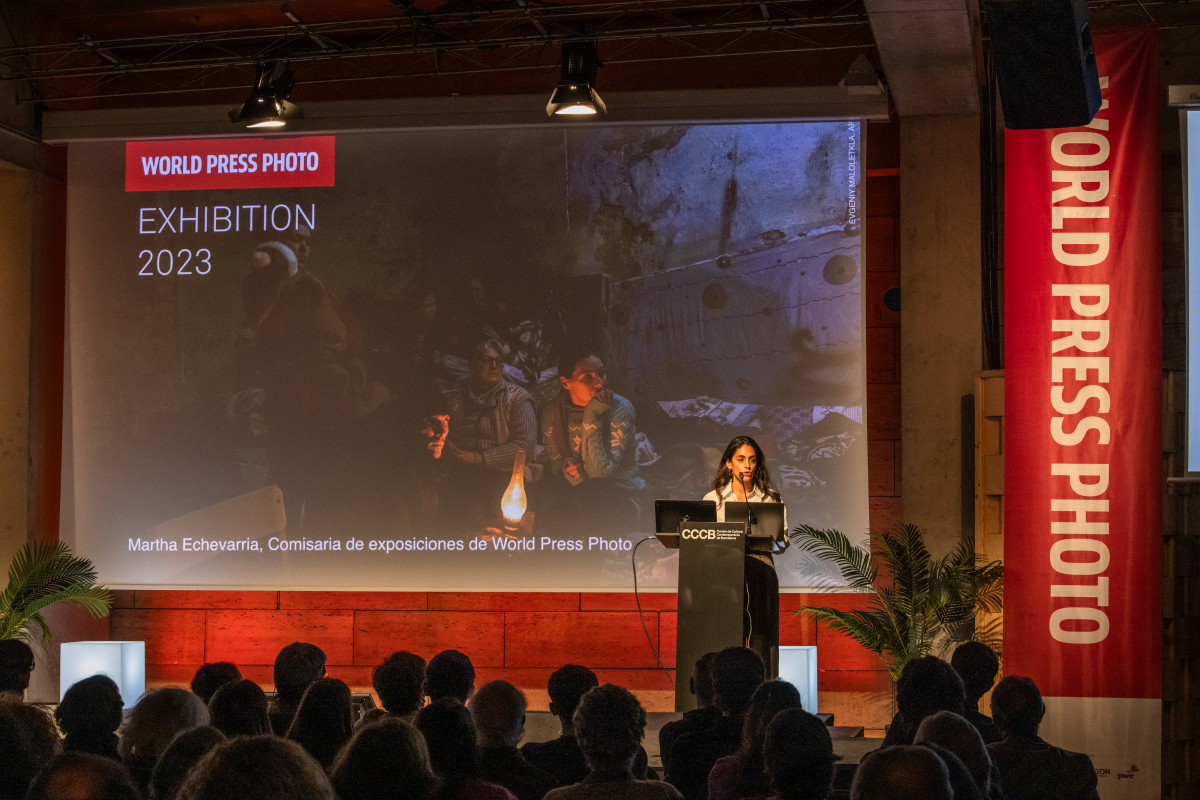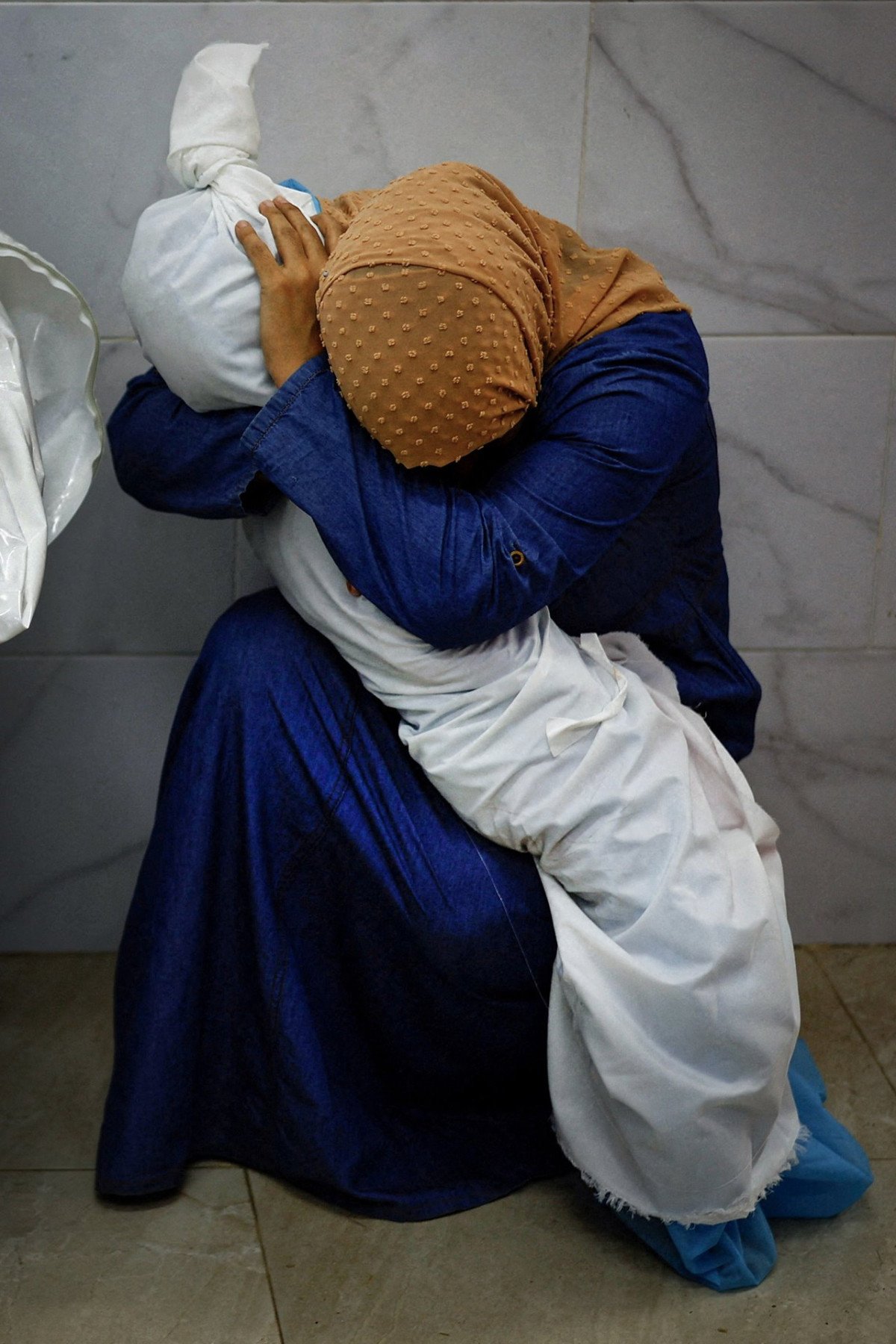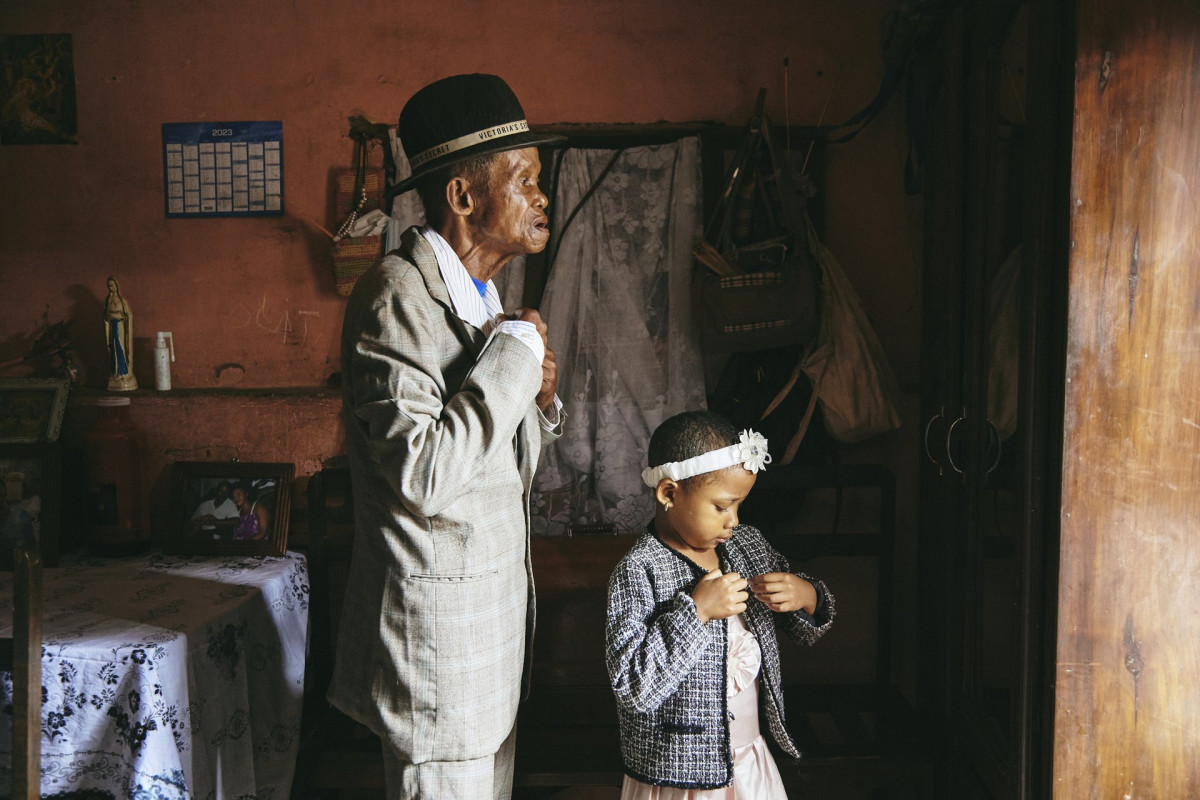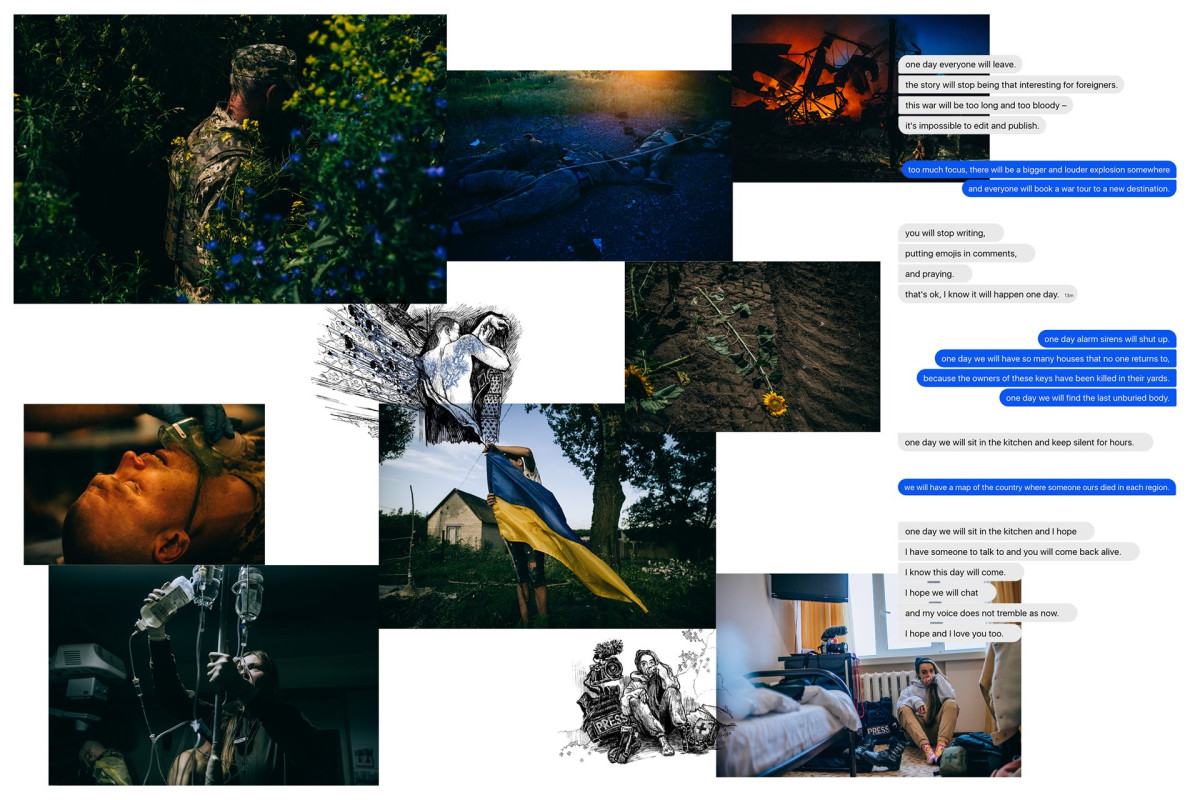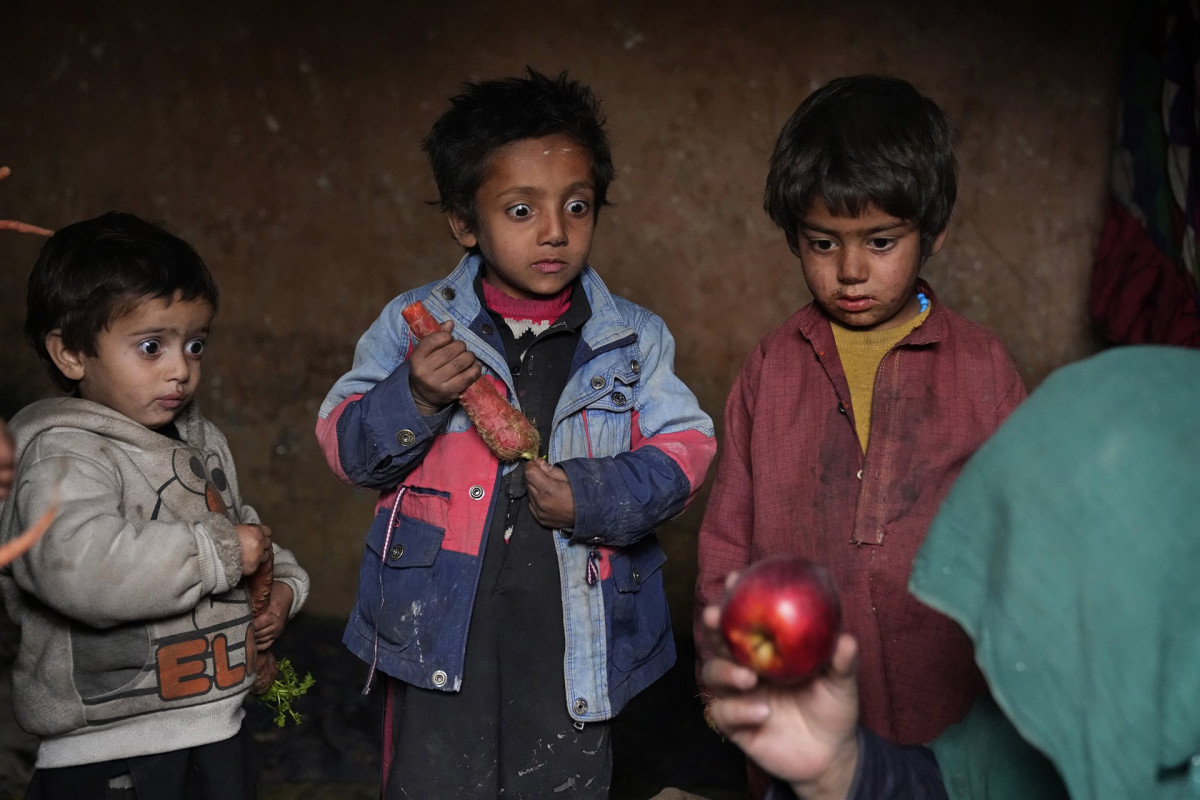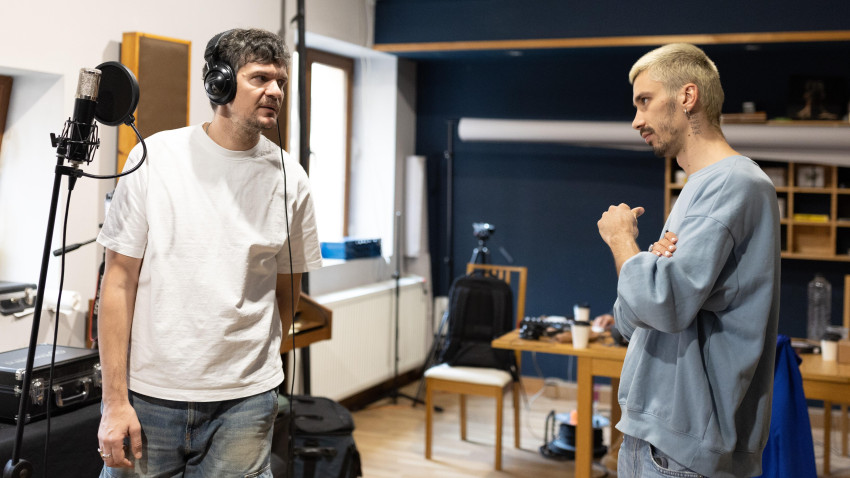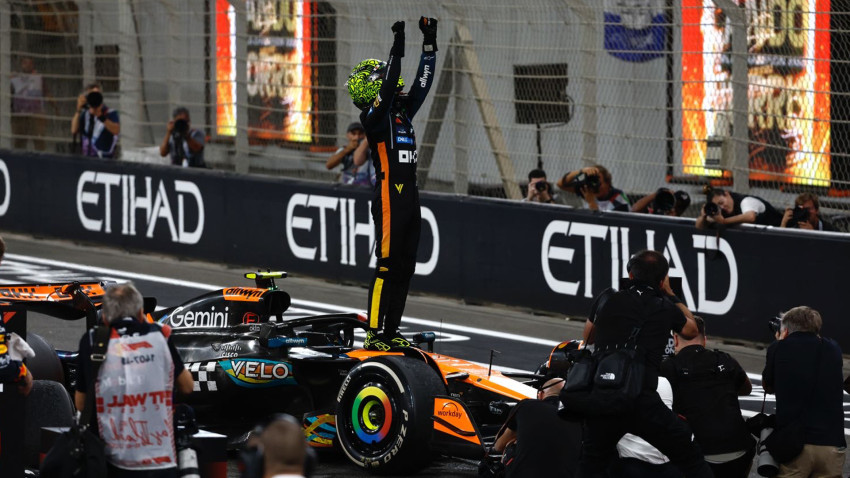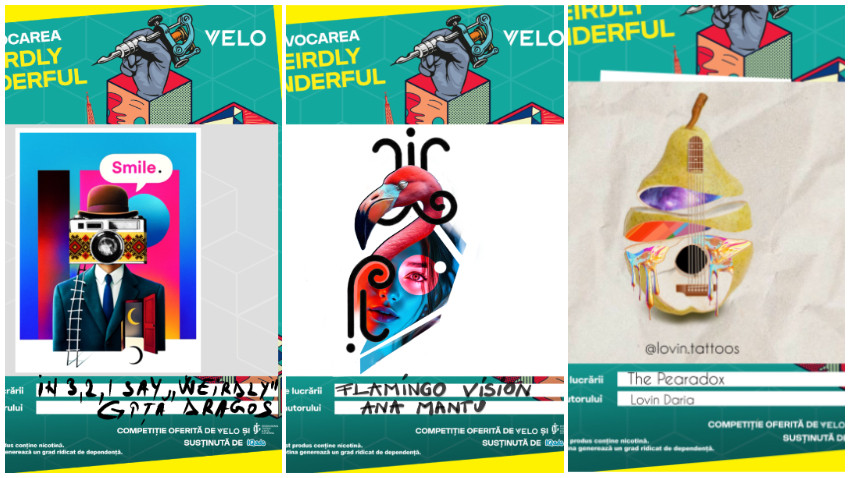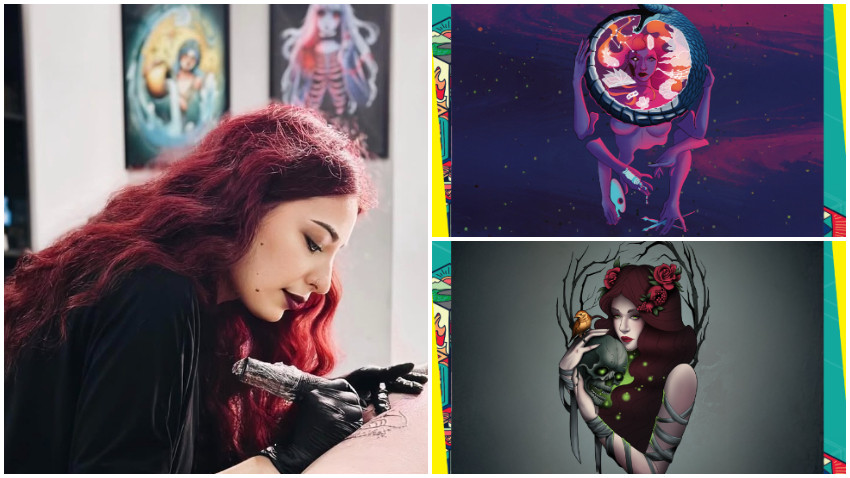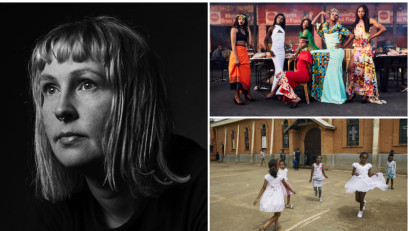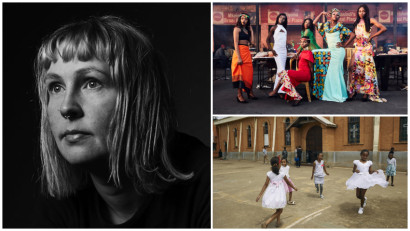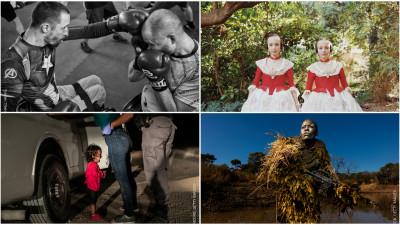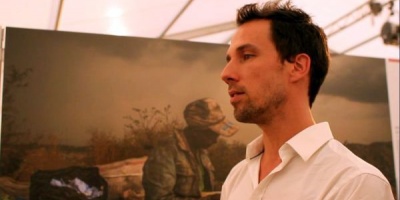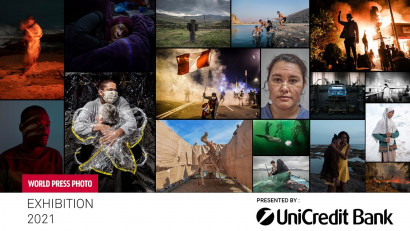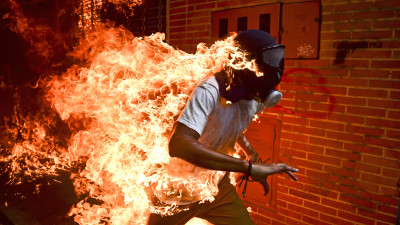World Press Photo exhibition comes to an end today in Bucharest. 146 photographs that reflect the troubled times we live in, governed by war, climate change, migration and the growing need for medical assistance inside vulnerable communities were presented in the University Square.
The curator, Martha Echevarria, says that the award-winning photographs often involve days or even years of documentation work, travel and observation. The purpose of her work for the World Press Photo exhibition is not only to attract the public to see the images and engage with their subjects, but also to appreciate the extraordinary work of photojournalists.
"Photography acts as a form of universally understood language. While we believe that people should continue to be educated in visual literacy and understand the power of images, we also know that they can already have a strong impact on almost anyone that engages with them", says Martha
Martha Echevarria shares insights below about the jury’s process of choosing the winners and about the ability of visual storytelling to create an impact and change people for a better world.
Your background
I am originally from Mexico City, but I completed my Bachelor’s and Master’s studies in the Netherlands, where I currently live and work. I studied humanities at Amsterdam University College, focusing on film and cultural memory studies—exploring how collective memory and identity are shaped through images and culture. I then did a Master’s degree at Erasmus University Rotterdam, focusing on arts, culture, and society. My first close encounter with photojournalism was at the age of 16 or 17 when I read “Regarding the Pain of Others” by Susan Sontag. This book sparked my curiosity about the impact of visual culture, film, and photography on the collective memory, revealing how our understanding of ourselves and others is significantly influenced by the images we consume. I realized photojournalism does not only document what is happening but also creates narratives around the subjects it documents.
World Press Photo 2024 during times marked by war, economic crisis and global warming
Each year, the contest winners reflect the current state of the world, and this year is no exception. With our current regional model, we get to see stories from all six regions of the world that tell us more about important local events. We see poignant images depicting the harsh realities of conflict and war in places like Ukraine and Palestine, the devastating impact of natural disasters such as the earthquake in Turkey or the rising sea levels in the Pacific Islands, and the urgent challenges posed by climate change. However, amidst these powerful visuals, there are also numerous stories of resilience and hope, highlighting individuals and communities striving for positive change despite the adversity they face. This year collection of photographs from World Press Photo not only documents the struggles but also showcases the enduring human spirit and the ongoing efforts to make a difference.
The winners
The jury awarded a great diversity of projects from the 6 regions of the world. Some of the themes that we saw present this year are migration, family, healthcare, and of course, the climate crisis. The four global winners of the 2024 World Press Photo Contest document irreversible personal loss in Gaza, family and dementia in Madagascar, migrants at the Mexico border, and life under war in Ukraine. These are the following:
- A Palestinian Woman Embraces the Body of Her Niece by Mohammed Salem, Reuters was awarded the World Press Photo of the Year
- Valim-babena by Lee-Ann Olwage, for GEO, was awarded the World Press Photo Story of the Year.
- The Two Walls by Alejandro Cegarra, The New York Times/Bloomberg, received the World Press Photo Long-Term Project Award.
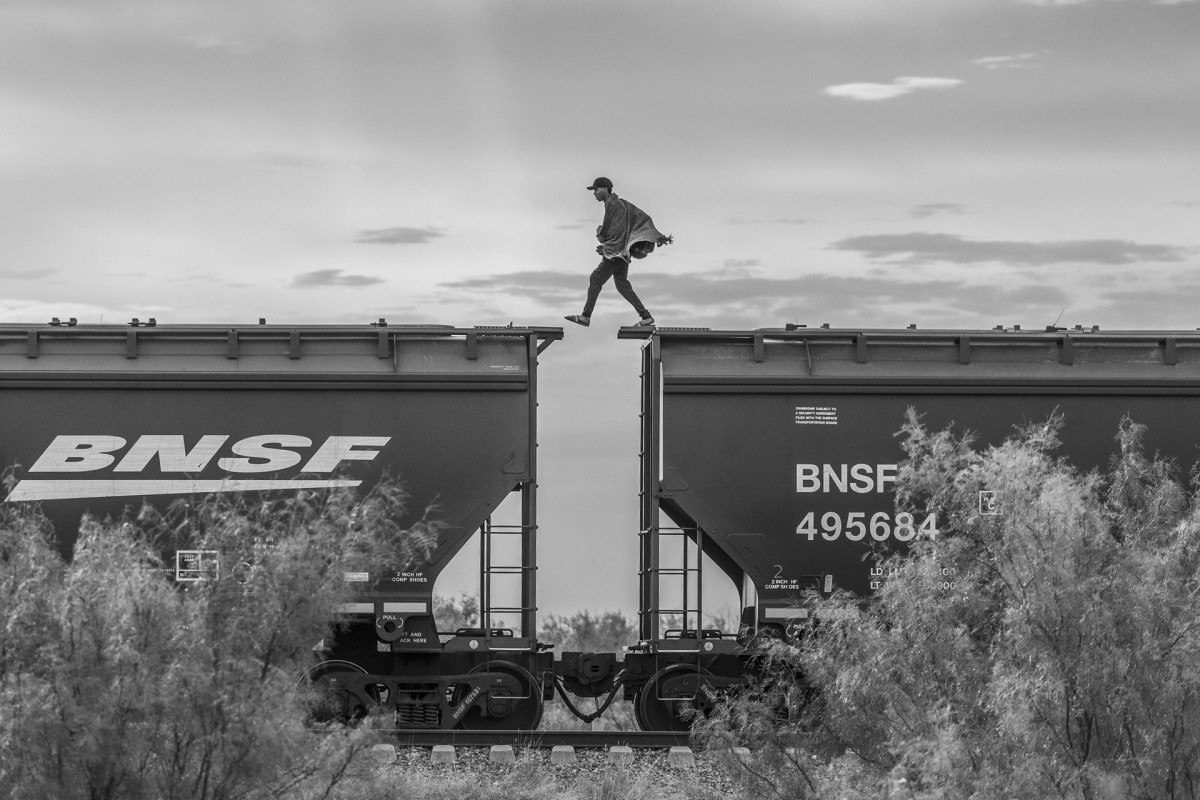
Photo credit: Alejandro Cegarra
- War Is Personal by Julia Kochetova received the World Press Photo Open Format Award.
The award-winning works show the importance of press and documentary photography and are a testament to the courage, skill, and empathy shown by photographers across the world.
The process of choosing the winners
Judging of the 2024 World Press Photo Contest involved regional juries and a global jury. 31 highly qualified jury members from around the world made a selection over six weeks, following a rigorous process.
In each region, a selection of entries per category was first made by a regional jury, composed of professionals from and/or working in that region, with a range of expertise. With the knowledge of the region that each jury member possesses, they were well-equipped to judge the stories and be able to put them into cultural, political, and social contexts.
Once the regional juries made their selection, the global jury–composed of the six regional jury chairs and the global jury chair–decided on the 24 regional winners, and from those, the four global winners.
The curation of exhibition this year
Once the jury awards finishes their selection of winners and honorable mentions, we look into all the stories and make a curated selection of images for each project. Our research team then works to fact check and write all the captions and texts to prepare the exhibition materials.
Most difficult in your work, as a curator of such exhibition
One of the biggest challenges is conveying the depth and complexity of each project to the visitors. The photographs we award often represent days, weeks, or even years of work, involving extensive research, travel, and a deep commitment to documentation. Capturing this level of dedication and effort in an exhibition setting is not easy. My goal is for viewers to engage not only with the subjects of the photographs but also to appreciate the tremendous hard work of the photojournalists. These professionals dedicate their lives to bringing us important and trustworthy stories and news, and it's essential to highlight their contributions through the exhibition.
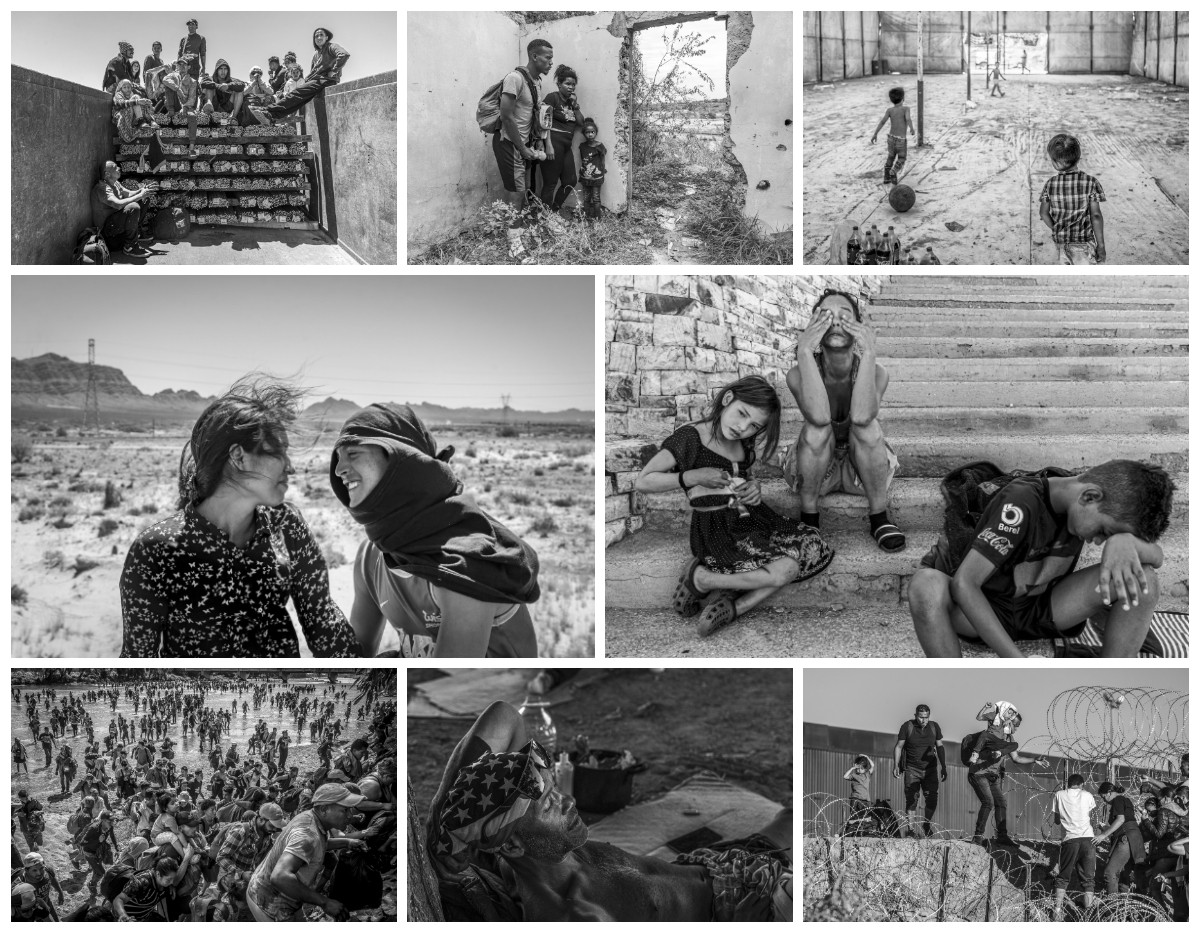
Photo credit: Alejandro Cegarra
The photos that touched you the most this year
One of my personal favorite projects is The Two Walls by Alejandro Cegarra, which documents the difficulties of migrating from South America through Mexico to reach the United States. The project successfully captures migrants as individuals with unique personal stories, struggles, and dreams, offering a perspective that challenges the often dehumanizing narratives seen in traditional news channels. Mainstream media tends to speak about migration in numbers and masses which can strip away the humanity and individuality of those who migrate. The Two Walls reminds us that migrants, like anyone else, experience fear, hope, dreams, and aspirations. The touching portrait of two young travelers looking at each other shows that amidst their difficult journey, they also find love.
The most valuable role of image stories during current times
The most valuable role of image stories during these challenging times is their ability to create a profound impact on people, driving change. Images have the power to transcend language barriers and communicate complex emotions and situations instantly. They can inspire empathy, raise awareness, and mobilize action. We have witnessed their influence in social movements and policy changes, where powerful images have galvanized public opinion and spurred meaningful progress. In these dark times, photo stories serve as a crucial tool for fostering understanding, highlighting injustices, and motivating individuals and communities to work towards a more just world.
What is it about the essence of photography that has the power to move people and encourage change?
There are a lot of studies that suggest that still photography, in comparison to moving images or text, is better retained in our memory and can therefore have a stronger impact on people. The ability of photographs to capture a moment makes them powerful tools for memory retention and emotional engagement. At the same time, photography acts as a form of universally understood language. While we believe that people should continue to be educated in visual literacy and understand the power of images, we also know that they can already have a strong impact on almost anyone that engages with them.
Taking the exhibition in different cities of the world
We work with a wide variety of partners around the world who support the mission of World Press Photo by organizing the exhibition in their own cities. One of our long-term partners is the EIDOS Foundation in Romania who has helped us bring our winning stories to several cities across the country for more than 10 years. These partnerships have been built over time but we are always hoping to bring the exhibition to more cities and countries and are open to create new collaborations around the world.
The reactions of the public
This year’s Photo of the Year shows Ines Abu Maamar holding the body of her 5-year-old niece, Sally, who was killed in an Israeli attack act. This powerful image evokes a strong emotional response, leaving a lasting impression on those who see it. Although the photograph lacks extensive visual context, the shapes of the bodies showing both love and grief convey a deep understanding of the scene. It serves as both a literal and metaphorical representation of the horrors of war.



